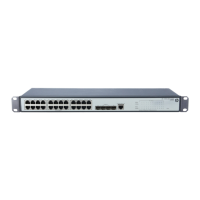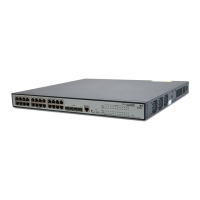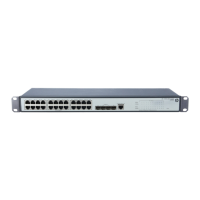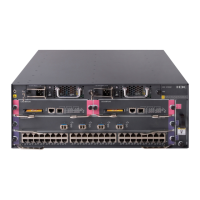Access Level
Select an access level for the user.
Users of different levels can perform different operations. User levels, in order from low
to high, are visitor, monitor, configure, and management.
Visitor: Users of this level can only perform ping and traceroute operations. They can
neither access data on the switch nor configure the switch.
Monitor: Users of this level can perform ping and traceroute operations and access
data on the switch but cannot configure the switch.
Configure: Users of this level can perform ping and traceroute operations, access
data on the switch, and configure the switch, but they cannot upgrade the host
software, add/delete/modify users, or back up/restore the configuration file.
Management: Users of this level can perform any operations on the switch.
Password
Set the password for the user.
Confirm Password
Input the same password again. Otherwise, the system will prompt that the two
passwords are not consistent when you apply the configuration.
Password Display
Mode
Set the password displaying mode.
Options include:
Simple: Saves the password in the configuration file in plain text so that the password
is displayed in plain text.
Cipher: Saves the password in the configuration file in cipher text so that the
password is displayed in cipher text.
A plaintext password is not safe. It is good practice to use the cipher mode.
Service Type Set the service type, including FTP and Telnet services. You must select either of them.
Setting the super password
A management level user can set the password for non-management level users to switch to the
management level. If no such password is configured, no switchover can occur.
Select Device > Users from the navigation tree, and click the Super Password tab to set the super
password.
Figure 67 Super password

